What Plants Attract Dragonflies to Your Garden: 15 Plants to Use
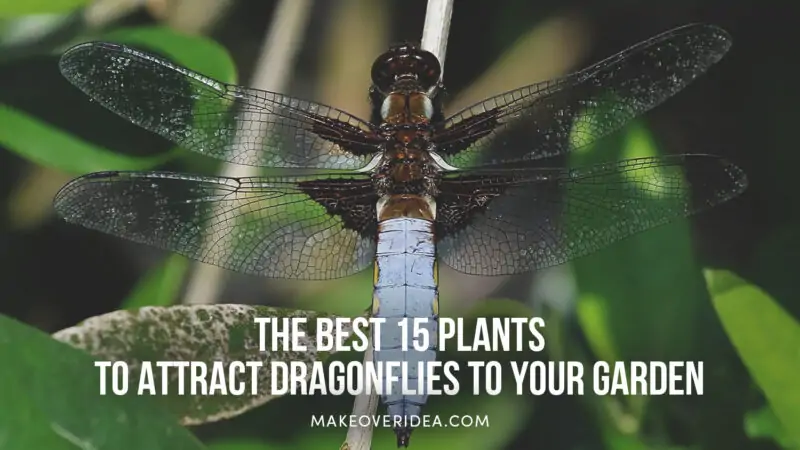
Are you looking for a natural and effective way to control mosquitoes in your yard? Or maybe you just want to add some colorful and interesting pollinators to your garden. Either way, attracting dragonflies is the answer! These fascinating insects not only eat pesky mosquitoes but also help with pollination. Plus, they are beautiful creatures that add life and movement to any outdoor space.
In this article, we’ll explore why it’s beneficial to attract dragonflies and which plants are best suited for their habitat. We’ll also give tips on designing a dragonfly-friendly garden and maintaining it over time.
Why Attract Dragonflies To Your Garden
There are several reasons why plants that attract dragonflies to your yard can benefit both you as the homeowner/gardener and nature itself!
Natural Mosquito Control
One of the most significant benefits of having a healthy population of adult dragonflies in your yard is that they consume thousands of mosquito larvae each day! Not only do these beneficial insects reduce our exposure (and irritation) from mosquito bites while enjoying our yards or gardens, but fewer mosquitoes mean less risk from diseases these pests carry, such as West Nile virus or Zika virus.
Encouraging Biodiversity And Pollination
Dragonflies live near water, so clean ponds and streams create an environment where they thrive. This naturally helps improve local biodiversity all around us. Additionally, many species rely heavily upon flowering plants along banks or nearby meadows – when they bloom, these flowers attract multiple species by providing nectar-rich food sources. In this way, bees, butterflies, and other pollinators like hummingbirds, dragonflies, and damselflies may be attracted.
15 Top Plants To Attract Dragonflies
Now let’s discuss specific plant options if one wants dragonflies to visit their garden!
Fanwort
This aquatic perennial comes highly recommended by experts due to its ability to provide cover/shade AND oxygenate the water, making perfect breeding grounds while also offering places to perch near surface areas. Dragonflies may need these during their hunting sessions.
Swamp Milkweed
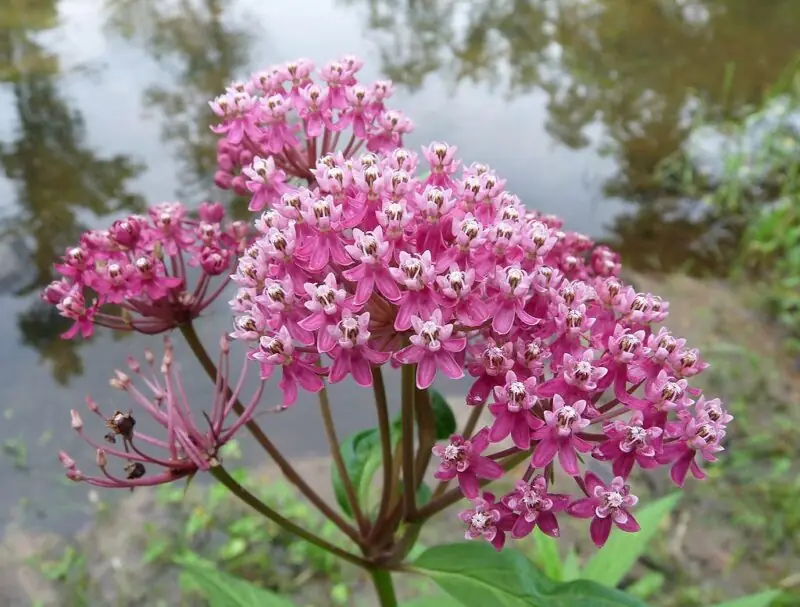
A perennial favorite amongst gardeners and dragonflies alike, Swamp Milkweed offers a beautiful bloom to enjoy while also providing nectar-rich star-shaped flowers that attract dragonflies. It is also an essential host plant that attracts butterflies of the Monarch variety.
Arrowhead
Another aquatic perennial that thrives in shallow water with plenty of sunlight. The Arrowhead provides cover/shade as well as perching sites needed during hunting sessions, making it another great spot for breeding grounds.
Water Lily
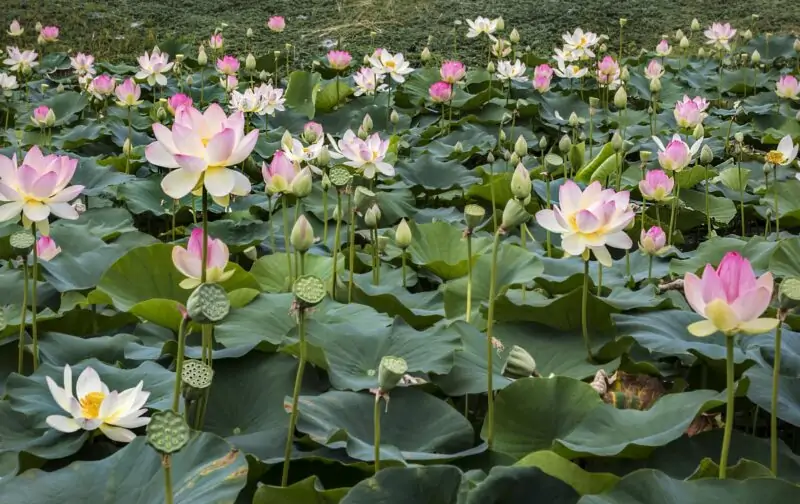
Not only are these flower spikes stunning to look at, but they offer a perfect place for dragonflies to lay their eggs! This ideal nursery for dragonflies provides an additional advantage: once they have hatched into nymphs (the juvenile stage), dragonflies will constantly be on patrol underneath lily pads, waiting patiently until their next meal swims by…
Wild Celery
This submerged aquatic plant grows rapidly under ideal conditions and can reach up to the surface even in several feet deep water bodies where other plants may struggle. This makes it a great option if you’re looking for both coverage AND oxygenation benefits!
Water Horsetail
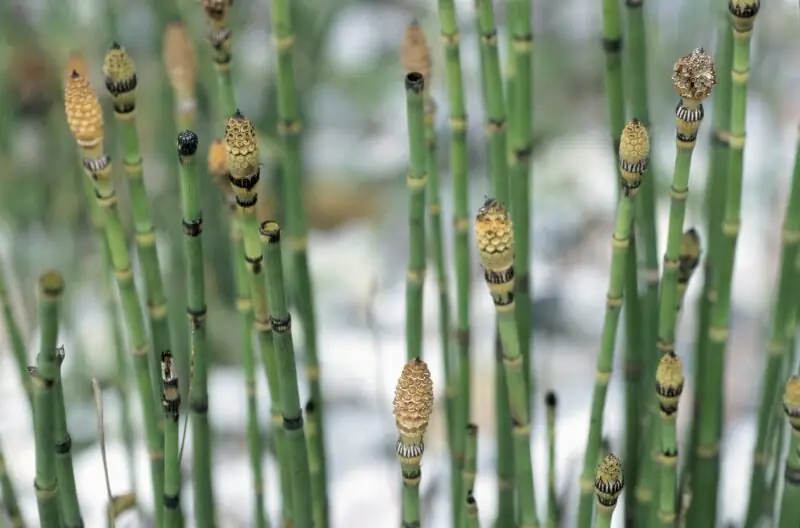
Another popular and easy-to-grow choice when designing dragonfly-friendly gardens due to its ability to thrive within wet soil or standing water areas – offering not only good ground cover but suitable egg-laying spots too! Adult dragonflies also love it – find out for yourselves.
Cattail
Cattails grow tall above the surface of ponds, lakes, backyard ponds, and water gardens, creating an excellent habitat that supports many species, including nesting birds like red-winged blackbirds, whilst being attractive locations for laying eggs. It is also an excellent place for finding prey items that hide amidst dense foliage.
Dwarf Sagittaria
A versatile herbaceous plant that can be found along streams & rivers throughout North America; Dwarf Sagittaria provides ample opportunities not just to provide perching sites near the water’s edge but creates cover/shade across shallower regions, increasing chances of successful breeding seasons. A perfect choice for inviting dragonflies to your garden space.
Black-Eyed Susan
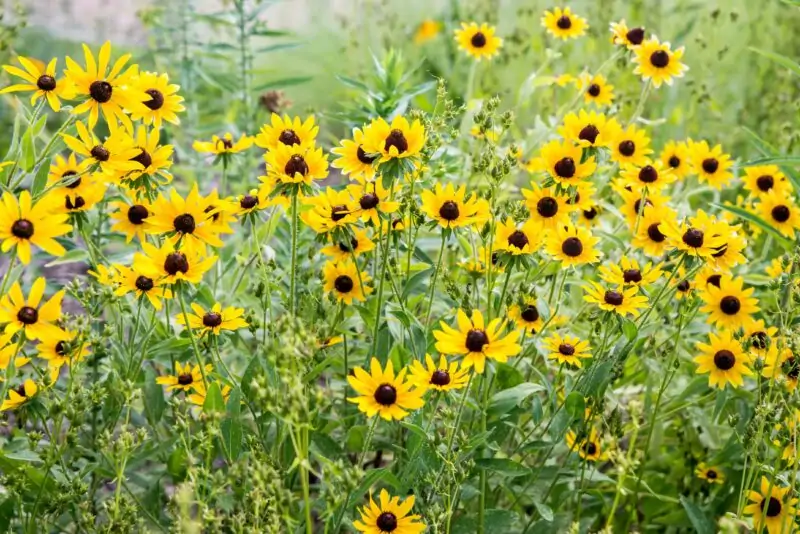
A flowering herbaceous annual that blooms brightly from early summer through fall, attracting pollinators such as hummingbirds, butterflies, bees, and also dragonflies! Planting this beauty will attract more adult dragonflies to your garden due to its bright colors and nectar-rich blooms.
Joe-Pye Weed
This herbaceous perennial is native to eastern North America, making it an excellent choice for those looking to create a natural habitat. It produces tall stalks of purple flowers that bloom from late summer into fall. These flowers provide plenty of nectar sources for adult dragonflies.
Meadow Sage
A flowering herbaceous perennial that grows well in full sun or partial shade conditions; producing beautiful blue-violet hues throughout the summer months, attracting pollinators such as bees and hummingbirds, and providing places for dragonflies to perch.
Yarrow
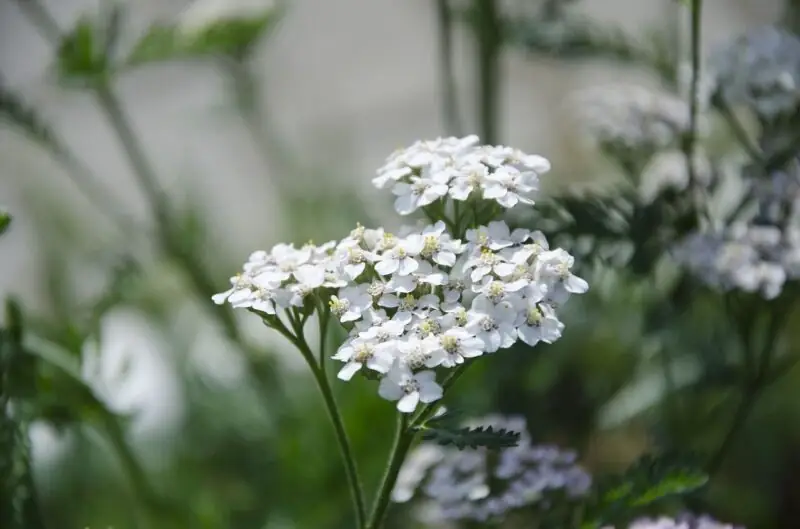
This hardy perennial comes in many different varieties (white, yellow, orange, red, etc.) but all provide ideal perching sites near the water’s edge – this plant also repels mosquitoes from the areas of your garden nearby, so you get double the benefit! Add it to your pond to attract these beneficial insects.
Borage
A great option if you’re seeking taller plants with colorful blooms! Not only does it provide suitable egg-laying spots but also serves as cover/shade during hunting sessions while also offering attractive locations when blooming brightly from mid-summer onwards. This plant will give dragonflies exactly what they need.
Sweet Coneflower
Another flower that offers both beauty AND function when designing a dragonfly-friendly garden. With brilliant golden-yellow petals surrounding dark brown centers atop long stems reaching heights up to 3 feet, adult dragonflies will be drawn to these beauties almost instantly!
Giant Coneflower
Giant coneflower thrives best in moist soil or areas where moderate moisture levels are present – often found along riverbanks, marshes, and swamps, perfect habitats for budding nymphs to thrive while adding visual interest to nearby gardens too!
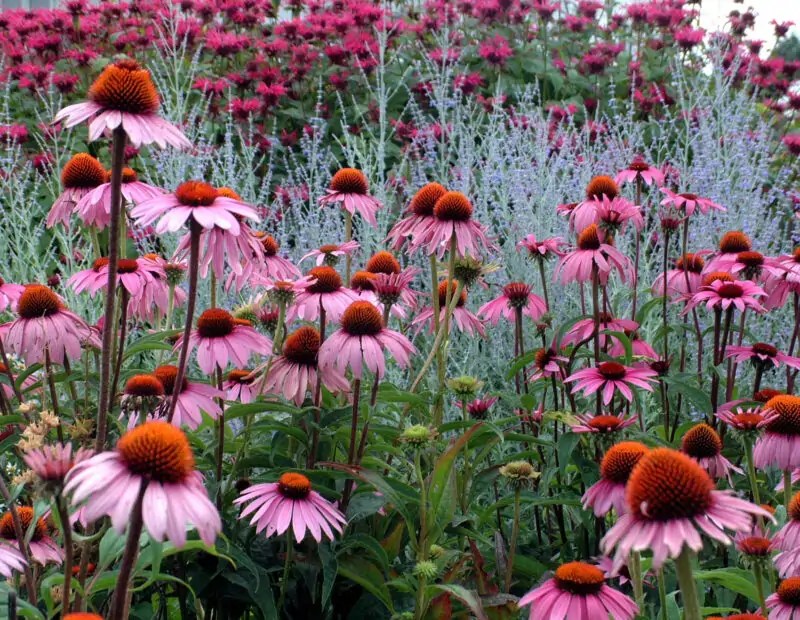
Now we know what plants can help lure adult dragonflies into our yards, the next step is setting up the proper environment they’ll enjoy staying longer…
Adding a Pond or Water Feature
The first thing one should consider to create an inviting atmosphere is to include a pond(s) or water feature(s) nearby. Dragonflies love a clean, shallow body of water or stream where they can perch on aquatic plants and hunt for prey.
Providing Perching And Breeding Areas
In addition to the pond, it’s essential to provide perching areas such as tall grasses, shrubs, or trees near (or in!) ponds – this will offer spots suitable for egg-laying grounds too! Moreover, providing different types of flowering plants like those mentioned earlier ensures adult dragonflies have plenty of nectar sources throughout the breeding season, leading to successful hatchings time and time again.
Congratulations, you’ve designed an amazing dragonfly-friendly garden, but now what? Well, it’s time to maintain your masterpiece!
Caring For Aquatic Plants
Aquatic plant maintenance is crucial since proper care ensures healthy growth & prevents overcrowding, which leads to stagnant waters that may be detrimental to both insect populations AND human health if left untreated long enough. Regular pruning and thinning out excess foliage helps keep things manageable while promoting good oxygenation levels within the surrounding environment all around us.
Ensuring Dragonfly-Friendly Habitat
Screening materials are also important when maintaining healthy environments – not just keeping debris tidy from edges of banks/ponds, etc., but preventing any unwanted predators lurking about looking for their next meal. Additionally, monitoring pH levels regularly can prevent harmful accumulations of algae types and always help enhance overall living conditions these fascinating creatures thrive most naturally under!
FAQs
Some of the best options include Fanwort, Swamp Milkweed, Arrowhead, Water Lily, Wild Celery, Water Horsetail, Cattails, Dwarf Sagittaria, Black-Eyed Susan, Joe-Pye Weed, Meadow Sage, Yarrow, Borage, Sweet Coneflower, and Giant Coneflower, among many others.
Yes! Even small bodies of standing water, such as bird baths, containers, or rain barrels, can provide adequate habitat for dragonflies. However, if you want to attract larger populations, then creating a pond is your best bet!
Many flowering plants, including Joe-Pye Weed, Meadow Sage, and Yarrow, among others, offer nectar-rich blooms that adult dragonflies love visiting.
No! Although ponds and other aquatic habitats like streams may be ideal locations when designing gardens focused around these insects, even small bodies of standing water such as bird baths or containers can help lure them in too.
Regular pruning/trimming of excess foliage from aquatic plants helps promote healthy growth, preventing overcrowding, which leads to stagnant waters and harmful algae types. Performing routine screenings prevent unwanted predators from lurking about looking for their next meal, while monitoring pH levels regularly prevents harmful accumulations and always enhances living conditions all around us.
Conclusion
Now you know what plants attract dragonflies: not only do they provide natural mosquito control but also encourage biodiversity and pollination. By incorporating the right mix of plant species along with the proper environment design, we can create thriving habitats where both adult and nymph stages alike thrive together harmoniously, leading to successful breeding seasons over time.
Whether you have a large backyard space or just container pots on a balcony, there’s no excuse NOT to incorporate these fascinating creatures into our daily lives in one way or another – so what are you waiting for?! Start planting today!